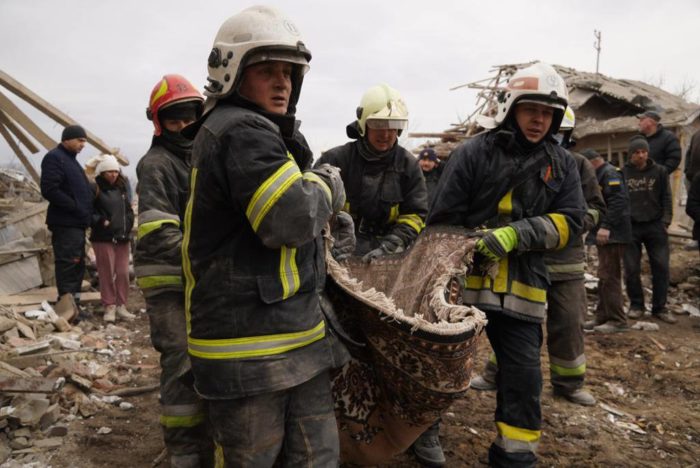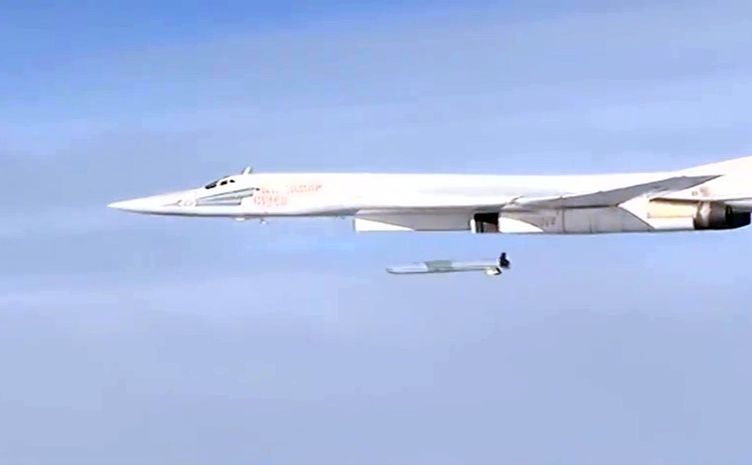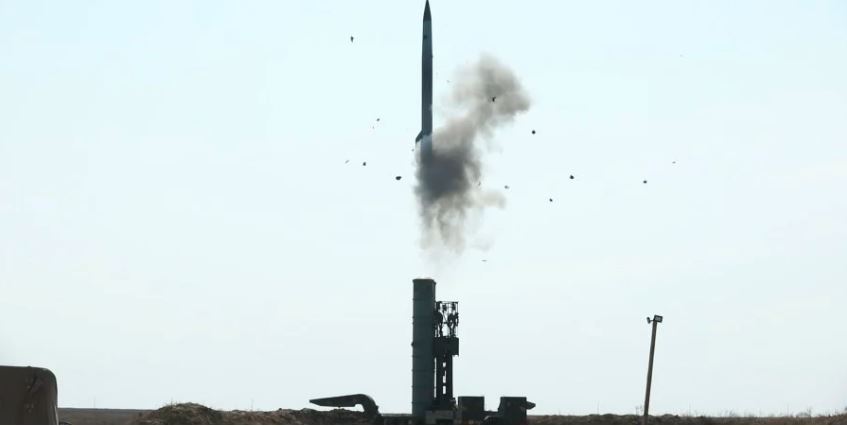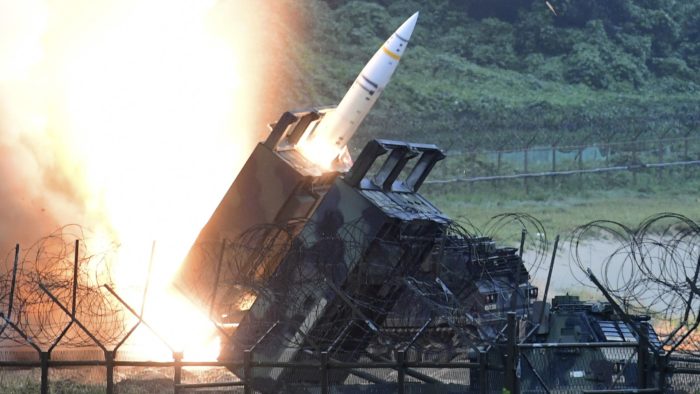30% of missiles in Russia’s night missile attack on Ukraine’s critical infrastructure were ballistic, a type that Ukraine’s air defense currently does not have the means to shoot down.
Of the 81 missiles that Russia launched, 25 were of the Kh-22, Kh-47 “Kinzhal,” or S-300 type, which Ukraine currently cannot shoot down.
Ukraine’s air force reported downing 34 of 48 cruise missiles that it could destroy, as well as all guided aircraft missiles, as well as shooting down 4 of 8 Iranian-made Shahed kamikaze drones.
Speaking about the attack on air of Ukraine’s national newscast, spox of Ukraine’s Air Force Yuriy Ihnat said that the attack was unprecedented: never before had Russians used so many different types of missiles simultaneously. He noted that this was the first time that Russia launched six supersonic Kinzhal ballistic missiles simultaneously and noted that it used strategic and long-range aircraft, MiG-31K fighters.
Infrastructure objects were hit, and civilians were killed and injured in the 9 March attack. Ukraine’s energy minister Herman Halushchenko told that energy objects in Kyiv, Mykolaiv, Kharkiv, Zaporizhzhia, Odesa, Dnipropetrovsk, and Zhytomyr oblasts were hit.
Also, a power line connecting the Zaporizhzhia nuclear power plant, currently occupied by the Russians, was damaged. The station’s cooling systems now operate from diesel generators, which can last 10 days.
The three remaining Ukrainian nuclear power plants preventively lowered their power generation to prepare for the missile strike.
Emergency power shutdowns were introduced in Kyiv, Kyiv Oblast, Odesa, Mykolaiv, and Dnipropetrovk Oblasts. A part of the Odesa Oblast, which suffered the greatest consequences from Russia’s autumn and winter of missile strikes, is still without electricity, as energy infrastructure objects were damaged there.
At least five — three men and two women — were killed from a missile falling on Velyka Vilshanytsia village in Lviv Oblast, where it destroyed three houses, three cars, and a garage.
Death toll of Russian missile strike on Lviv Oblast rises to five. One man, born 1963, was found under the rubble of his home.
The tragedy happened in Velyka Vilshanytsia village, Zolochiv mayor told on air of the national newscast
📷 State Emergency Service pic.twitter.com/m2JsSXoMnG— Euromaidan Press (@EuromaidanPress) March 9, 2023
In Kyiv, three people were injured, five cars were destroyed, and 15 damaged as a consequence of missile wreckage falling. However, air defense managed to shoot down all non-ballistic missiles and drones fired at Ukraine’s capital.
Five cars were destroyed and 15 damaged; three people injured in Russia’s night missile strike on Kyiv
📷 Kyiv police https://t.co/M4V5TFFSsK pic.twitter.com/KeB7NkGPrX
— Euromaidan Press (@EuromaidanPress) March 9, 2023
In the northern Zhytomyr Oblast, water supply was disrupted and 150,000 clients suffered blackouts as a result of impact of Shahed drones.
In Zaporizhzhia Oblast, which is in near the frontline, Russia launched 5 missiles, tentatively of the S-300 type, into one critical infrastructure object. Ukraine does not have the means to shoot down S-300 missiles, an anti-aircraft missile that Russia repurposed to strike land objects in close proximity to the front.
Kharkiv Oblast, which borders Russia, suffered 15 strikes aimed at critical infrastructure objects. Electric city transport and the metro does not work in Kharkiv city.
An enormous crater fills the yard of a resident of Pisochyn village in Ukraine’s easternmost Kharkiv Oblast, where a Russian missile fell on the night of 9 March
📷 Nakypilo pic.twitter.com/aBcD21tPn7
— Euromaidan Press (@EuromaidanPress) March 9, 2023
Dnipropetrovsk Oblast suffered missile and drone strikes; according to preliminary information, one man, aged 34, died; a woman, 28, and a 19-year-old young man were injured. Energy infrastructure and industrial objects were seriously damaged, according to the head of the Dnipropetrovsk Oblast Administration.
Massive strike after a lull
Russia’s mass missile strikes on Ukrainian infrastructure started on 10 October 2022 and repeated throughout the fall and winter, causing days- and even weeks-long blackouts amid Ukraine’s coldest months.
However, in 2023, the strikes appeared to have dwindled down. A massive strike took place on 14 January, killing forty in a Dnipro apartment building; afterward, attacks were more local and used less missiles, albeit were still damaging.
Ukraine’s air defense had claimed that Russia is running out of high-precision missiles and may consider changing tactics. One of the signs of such a change of tactics could have been the massive use of aerial balloons with radar reflectors, by which Russia tentatively aimed to gain information about Ukrainian air defense systems and compel the Ukrainians to expend valuable stocks of surface-to-air missiles and ammunition.
Russian missile attack on Dnipro apartment block kills 40 (updated)
Ukraine’s air defense has improved fourfold since the start of the Russian invasion. However, it still lacks the capabilities to destroy ballistic missiles. The deployment of the Patriot air defense complex will aim to solve that deficiency, but Ukraine still awaits its delivery, which is promised to take place “soon,” but no specific dates are named.
Ukraine’s air defense improved fourfold since start of Russian invasion








